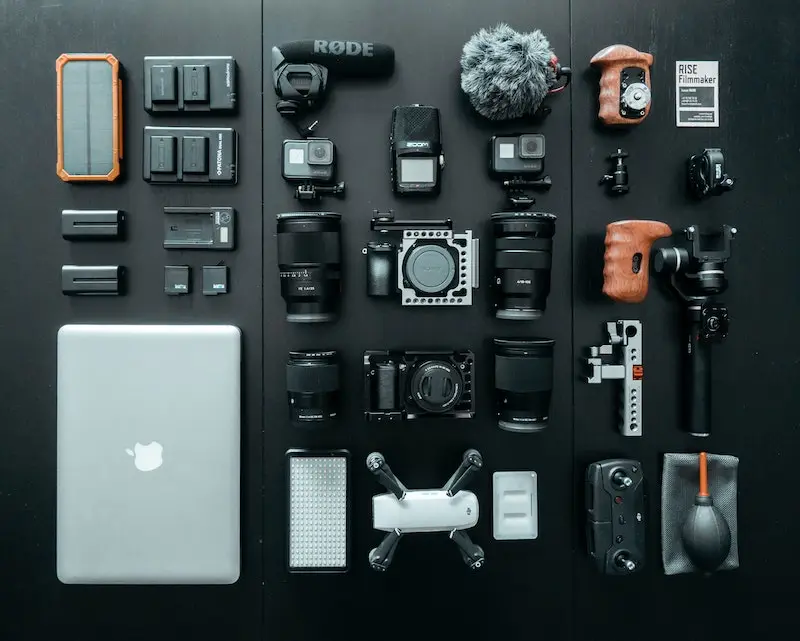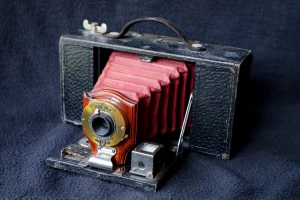As a general rule, there is no compulsory insurance coverage required in order to work as a photographer. However, the fact of working as a self-employed photographer implies the existence of a company and therefore certain obligations. These vary, of course, from country to country and sometimes according to the status chosen, which can make things difficult for some professional photographers.
We will therefore review the various insurance policies that exist in the world of the professional photographer, while providing some advice on how to choose the right insurance policies. You are then free to take out the insurance policy you want, according to your needs, the specifics of your work, the value of your photo equipment, etc.
Table of contents
Professional Liability insurance: essential for photographers
In many countries, Professional Liability insurance is an insurance policy that provides coverage for damages that may prevent the completion of the assignment. In other words, it offers a guarantee in the event of moral or financial damage due to a problem that prevents the professional from carrying out what was agreed with the client.
In the particular case of photographers, a few examples are quite telling:
- the photographer loses the pictures due to a memory card failure and cannot deliver them to their client;
- when sending photos and/or videos electronically, the photographer unintentionally transmits a computer virus to their client;
- the professional no longer has access to the internet for a certain period, leading to a delay in the delivery of photos, etc.
This insurance policy enables the photographer to compensate their clients when they cannot fulfill their contract, cannot fulfill it on schedule and/or does not provide a service that is up to par with what was agreed upon. It is therefore a highly recommended guarantee, since it will compensate for any dissatisfaction on the client’s part and will avoid the photographer having to pay large sums of money to compensate for any shortcomings, even if they are not their fault. On the other hand, clients may require this insurance when choosing between photographers, and it would be a shame to miss out on business because of a lack of Professional Liability insurance.

Civil Liability insurance: an insurance policy not to be neglected
In some cases, the Civil Liability insurance policy is included in the RCP contract, but this is not always the case. However, it is equally important because it covers bodily injury and property damage that could occur during the exercise of the activity. Again, examples are provided to help us understand when this type of insurance is useful:
- during a photo shoot for a wedding, the photographer damages a door by unloading their equipment;
- during a studio photo session, an accessory falls on the model and the model is injured;
- during a photo shoot in the client’s home, a wrong move is made, and dishes are accidentally knocked over, etc.
This coverage reimburses the cost of damaged equipment, treatment in case of injury, etc.
It is sometimes overlooked because it does not directly concern the damage that could affect the photographer themselves. However, Civil Liability insurance can avoid sometimes consequent expenses, provided that the clauses and the conditions under which the insurer will reimburse the expenses are checked.
Warranties for equipment and premises: optional, but prudent
For a professional photographer, their equipment is their most important work tool. Although it is not mandatory to insure your equipment, it is strongly recommended. Indeed, equipment such as a professional camera, a cobra flash or a computer can be worth several thousand euros, and without insurance, the photographer will have to pay for them out of their own pocket in case of a problem.
When subscribing to insurance for equipment and the premises where it is stored, several criteria must be taken into account to ensure optimal coverage:
- Does the guarantee cover any kind of loss (breakage, fire, vandalism, theft, etc.)? ;
- Which pieces of equipment are insured (think of the camera, but also of all the photography accessories, the photo processing equipment, the furniture, etc.)? ;
- Is the equipment covered outside the premises (during a shoot outside the studio, during a trip abroad, at a trade show, etc.)? ;
- is there a deductible, and how much is it?
Depending on the insurer and the type of contract, there are different formulas with different guarantees. Each photographer must therefore find the most suitable insurance for their business, the equipment they own and the amount of premiums they are willing to pay.
The multi-risk contract: the complete solution for insurance
In order to have a complete insurance policy covering all risks, some agencies offer multi-risk contracts, including Professional Civil Liability, Operational Civil Liability and equipment coverage. This type of formula allows you to benefit from a complete package and to have a better negotiation margin on the insurance rates.
But here again, it is important to find out what is covered and what is not, what the deductibles are and the maximum amount insured. It is wise to ask for quotes from several companies and compare the offers to make the best choice.

Health, provident coverage, operating loss: insurance in the event of an emergency
Like any other entrepreneur, a photographer is not immune to financial difficulties or a slight decline in business. There can be many reasons for this: illness, an injury that prevents you from moving to the location of the shoot, the arrival of new competitors, a global halt in economic activity (cf. the Covid crisis), etc.
In this case, depending on the country and the status of the company, there may be assistance from health insurance or the state. The problem is that not only is this not always the case, but it is sometimes insufficient to pay expenses and live in a decent way. Subscribing to a supplementary insurance policy makes it possible to mitigate this type of risk.
The first thing that comes to mind is mutual health insurance, which complements or supplements the payments of the health insurance (which exists in many countries, such as France, but which is still non-existent in the USA, for example). Whether or not you have Social Security insurance, supplemental coverage is almost essential in order to be reimbursed for the majority of your medical care. In some countries, it is even mandatory if the photographer employs employees. However, in order to receive daily allowances in the event of work interruption or disability, it is provident coverage (“couverture prévoyance”) that must be added to the supplementary health insurance.
Finally, it may be advisable to opt for “operating loss” protection. It may be included in multi-risk insurance policies, but is sometimes only optional or additional coverage. What does it cover? In the event of a claim, the insurer compensates for the losses incurred. For example, if a photographer cannot work for 2 weeks because their equipment has been stolen, they can receive compensation based on their results from the current or previous years. There is usually basic coverage as well as supplemental insurance, which are worth investigating.
Obviously, the greater the number of guarantees taken out, the higher the total price of the insurance policies. Nevertheless, protection against material, bodily and immaterial damages allows the company to avoid costs and to carry out its business under good conditions.










